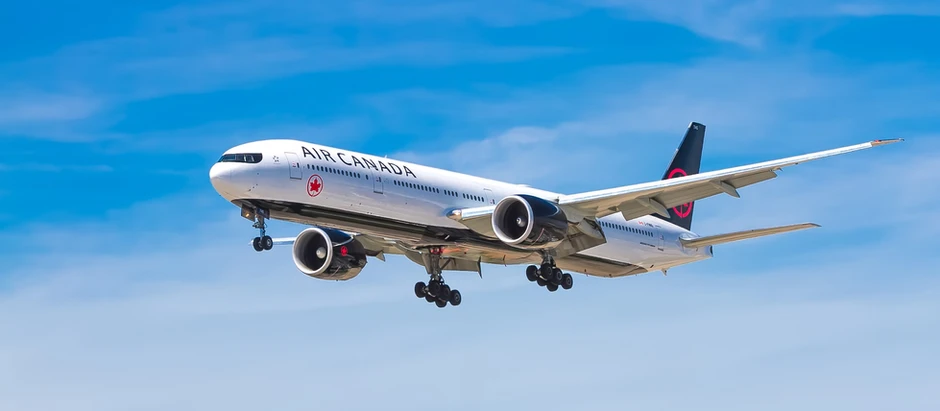With careful planning, it’s possible to travel around Portugal cheaply without sacrificing convenience or comfort. In this guide, we’ll explore the best budget-friendly transport options to help you make the most of your trip.
Public Transport: Buses and Trains
Portugal has a robust public transport network, which offers an affordable and reliable way to travel between cities and regions. For those seeking the cheapest and most environmentally friendly options, buses and trains are the way to go.
Buses: The Cheapest Long-Distance Option
Buses are the most economical way to travel across Portugal. Several companies operate routes that connect major cities and towns, with frequent services between Lisbon, Porto, Faro, and the rest of the country.
Rede Expressos is the main intercity bus operator. Fares between Lisbon and Porto, for example, start from as little as €5 when booked in advance, and a similar journey to Faro costs around €10-€15. These buses are comfortable and equipped with Wi-Fi.
FlixBus is another low-cost option that connects Portugal to other European destinations. Prices vary but can be as low as €2 for short journeys, especially if booked early.
Bus stations are usually located in central parts of the cities, making it easy to access other forms of public transport. To get the best prices, always book online and well in advance, especially during peak travel times such as summer and holidays.
Trains
Portugal’s train network, operated by Comboios de Portugal (CP), is extensive and offers a range of services from regional to high-speed trains. Although train travel is slightly more expensive than buses, it can be a faster and more scenic way to travel, especially on long-distance routes.
Regional trains (Comboios Regionais) are the most affordable, with tickets from Lisbon to Sintra, for example, costing only €2.30. These slower trains serve smaller towns and villages, making them ideal for those looking to explore more rural areas.
Intercity trains (Intercidades) connect larger cities like Lisbon, Porto, and Faro. Tickets cost around €20-€30, but CP offers discounts of up to 65% if you book your ticket at least 8 days in advance.
Alfa Pendular is the high-speed service, connecting Lisbon to Porto in just 2.5 hours. Though slightly pricier, with tickets around €45, early booking discounts make it affordable. This service also provides a faster, more comfortable journey with modern amenities.
Money-saving tip: Always check the CP website for promotional offers, and if you’re traveling with a group, CP provides additional discounts for multiple passengers on the same booking. A youth card (Cartão Jovem) offers discounts of up to 25% for those under 25 years old.
Metro Systems
Portugal’s two largest cities, Lisbon and Porto, have efficient and affordable metro systems, ideal for getting around without needing a car.
Lisbon Metro
The Lisbon Metro covers most of the city and surrounding areas, with four lines connecting the airport to key destinations like the city center, major train stations, and the business district. A single ticket costs €1.65, but you can save by purchasing a 24-hour travel card for €6.40, which allows unlimited travel on the metro, trams, buses, and funiculars.
Another option is the Viva Viagem card, which works like an Oyster card. Load it with credit, and each journey is slightly cheaper (around €1.33 per trip). For those staying in Lisbon for several days, the card offers the best value.
Porto Metro
Porto’s metro system is smaller but just as useful. It has six lines serving the city and its suburbs, including routes to the airport and major train stations. A single trip costs €1.60, but similar to Lisbon, you can opt for a 24-hour Andante card for €4.15, which covers unlimited travel on the metro, buses, and funiculars.
Money-saving tip: In both Lisbon and Porto, the 24-hour passes are great value if you plan on taking more than three journeys a day. If you’re staying longer, the Zapping option on the Viva Viagem card can reduce the cost per ride even further.
Trams and Funiculars: A Classic and Affordable Ride

Trams are an iconic way to explore Lisbon and Porto, offering both a nostalgic journey and an affordable way to get around.
Lisbon Trams
Lisbon’s yellow trams are a symbol of the city, and the most famous route is Tram 28, which takes you through the historic districts of Alfama, Baixa, and Graça. A single ticket costs €3, but using the Viva Viagem card reduces it to €1.35 per ride. For the best value, combine tram rides with the 24-hour public transport pass mentioned earlier.
Lisbon also has funiculars that connect steep hills with flat areas of the city. The funiculars, like the Bica or Glória, cost €3.80 per ride or are included in the 24-hour travel pass.
Porto Trams
Porto also has a historic tram line, with tickets priced at €3.50 for a single journey or €8 for a day pass. Although slightly more expensive than the metro, the tram offers a scenic way to travel along the river and explore Porto’s older districts.
Money-saving tip: Both cities’ trams are heavily used by tourists, and some routes can become crowded. To avoid queues and get the best experience, try riding early in the morning or late in the evening.
Cycling and Walking
Portugal’s cities are generally walkable, and many have invested in improving infrastructure for cycling, making it a fantastic and eco-friendly way to explore the urban areas.
Cycling
Lisbon, Porto, and the Algarve region all have bike-sharing schemes that offer a cheap way to explore.
Lisbon has the Gira bike-sharing scheme, with electric bikes available across the city. A single ride costs €2, but if you plan on using it frequently, the monthly pass is just €15 and allows for unlimited 45-minute rides.
Porto is developing its cycling infrastructure, and the city now offers Buga bikes for hire. While these bikes aren’t free, they are cheap, and you can rent a bike for around €1-€2 per hour.
Walking
Walking is one of the most enjoyable and frugal ways to explore Portugal’s cities. Lisbon’s steep streets can be challenging but rewarding, offering fantastic views. In Porto, the Ribeira district is best explored on foot, where narrow alleyways and cobbled streets add to the charm.
Money-saving tip: Download offline maps like Maps.me or Google Maps to avoid roaming charges and ensure you don’t get lost while exploring on foot or by bike.
Car Rentals and Ride-sharing
For travelers wanting to explore Portugal’s rural regions or more remote beaches, renting a car or using ride-sharing apps can be a cost-effective solution.
Car Rentals
Car rentals in Portugal are relatively affordable, especially outside the high season. Prices can range from £15 to £25 per day for a basic car. However, to get the best rates, always book in advance and compare prices using services like Rentalcars.com or Kayak.
Keep in mind that some areas, particularly in Lisbon and Porto, charge high parking fees. Avoid driving in city centers if you want to keep costs down. Instead, consider using public transport within the cities and only renting a car when heading to rural areas.
Ride-sharing
Portugal has a thriving ride-sharing community. Apps like BlaBlaCar allow you to share rides with other travelers, significantly reducing costs, especially for longer journeys. For example, a ride from Lisbon to Porto might cost €10-€15, which is often cheaper than taking the train or bus.
Uber and Bolt are also widely available in major cities, and prices are generally lower than traditional taxis.
Money-saving tip: If you plan to drive, be aware that Portugal’s motorways often have tolls, which can add up. To avoid this, use non-toll routes (marked as “Sem portagem”) where possible. Apps like Waze can help you navigate without tolls.



